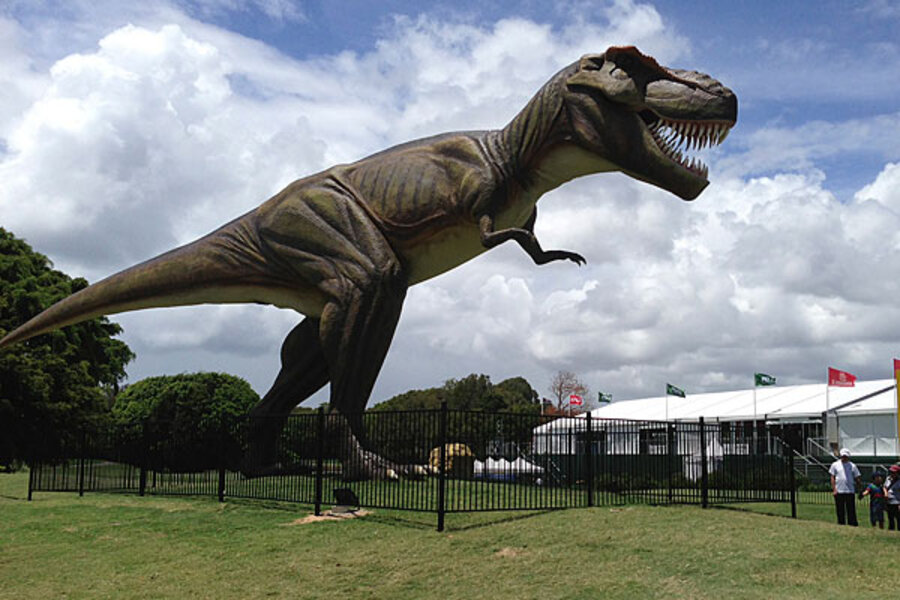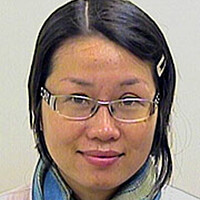Was Africa the motherland of dinosaur predecessors?
Loading...
Newly discovered fossils from 10 million years after the world's largest known extinction indicate that dinosaurs' ancestors might have taken hold in present-day Tanzania and Zambia, millions of years before the dinosaurs roamed the Earth, and much earlier than dinosaur relatives are seen in the fossil record elsewhere.
Earlier studies, mostly based on fossil records from Russia and South Africa, led scientists to think that dinosaur predecessors failed to survive after a mass extinction some some 252 million years ago, which killed off 90 percent of Earth's species.
"The fossil record from the Karoo of South Africa, for example, is a good representation of four-legged land animals across southern Pangea before the extinction," said Christian Sidor, a paleontologist at the University of Washington, in a press release. "But after the event, animals weren’t as uniformly and widely distributed as before. We had to go looking in some fairly unorthodox places.”
Sidor authored a recent study on dinosaurs' origins, published in the Proceedings of the National Academy of Sciences.
Drawing upon fossils unearthed from Tanzania, Zambia, and Antarctica since 2003, and current fossil records, Sidor and his colleagues generated two profiles of animals living about five million years before and 10 million years after the mass extinction.
For example, Dicynodon, a four-legged creature with a body resembling that of a fat lizard and a head resembling a turtle's, dominated the southern region of supercontinent Pangea before the extinction event, an area that comprises present-day Africa, South America, Antarctica, Australia, and India.
After the mass extinction at the end of the Permian period, populations of Dicynodon, along with many other herbivores, decreased dramatically.
The changing climate allowed new creatures to emerge and thrive. Archosaurs were a group of plant-eating reptiles whose living relatives are birds and crocodilians. In its news release, the National Science Foundation, one of the study's two sponsors, said scientists are interested in archosaurs because they were believed to be the predecessors of dinosaur-related animals such as Asilisaurus, a dinosaur-like animal, and Nyasasaurus parringtoni, a dog-sized creature with a five-foot tail that may be the earliest dinosaur.
"Early archosaurs being found mainly in Tanzania is an example of how fragmented communities became after the extinction event,” Sidor said in the University of Washington press release.
These findings, according to the co-authors, suggested that "archosaur diversification was more intimately related to recovery from the end-Permian mass extinction than previously suspected.”
In an interview with Discovery News, co-author and geologist Sterling Nesbitt of the Field Museum of Natural History said "true dinosaurs first show up about 230 million years ago, from what is now Argentina. We think that dinosaurs first evolved in Gondwanaland – including Africa, South America, India, Madagascar, Australia, Antarctica."
The study also revealed that before the extinction, 35 percent of four-legged species were found in two or more of the five areas studied, with some species' habitats stretching 1,600 miles (2,600 kilometers), encompassing the Tanzanian and South African basins.
Ten million years after the extinction, just seven percent of four-legged species were found in two or more regions, suggesting that there was a geographical clustering of the animals.
"The expeditions by this team of researchers to little-explored Permian and Triassic aged depositional basins in Africa and Antarctica, which form part of the supercontinent Gondwana, has greatly enhanced our understanding of the distribution of land-living vertebrates that lived more than 200 million years ago," Bruce Rubidge, a dinosaur specialist at the University of Witwatersrand, told Discovery News.






